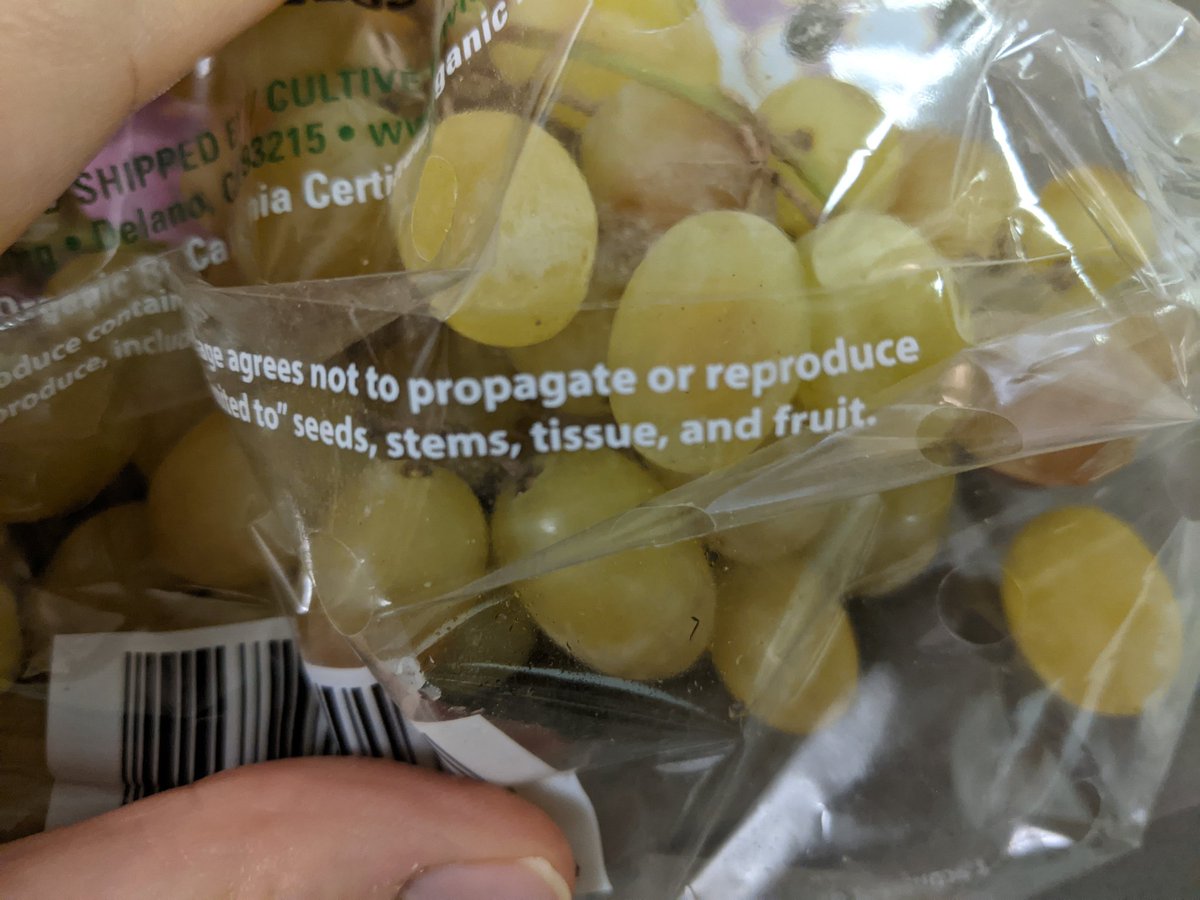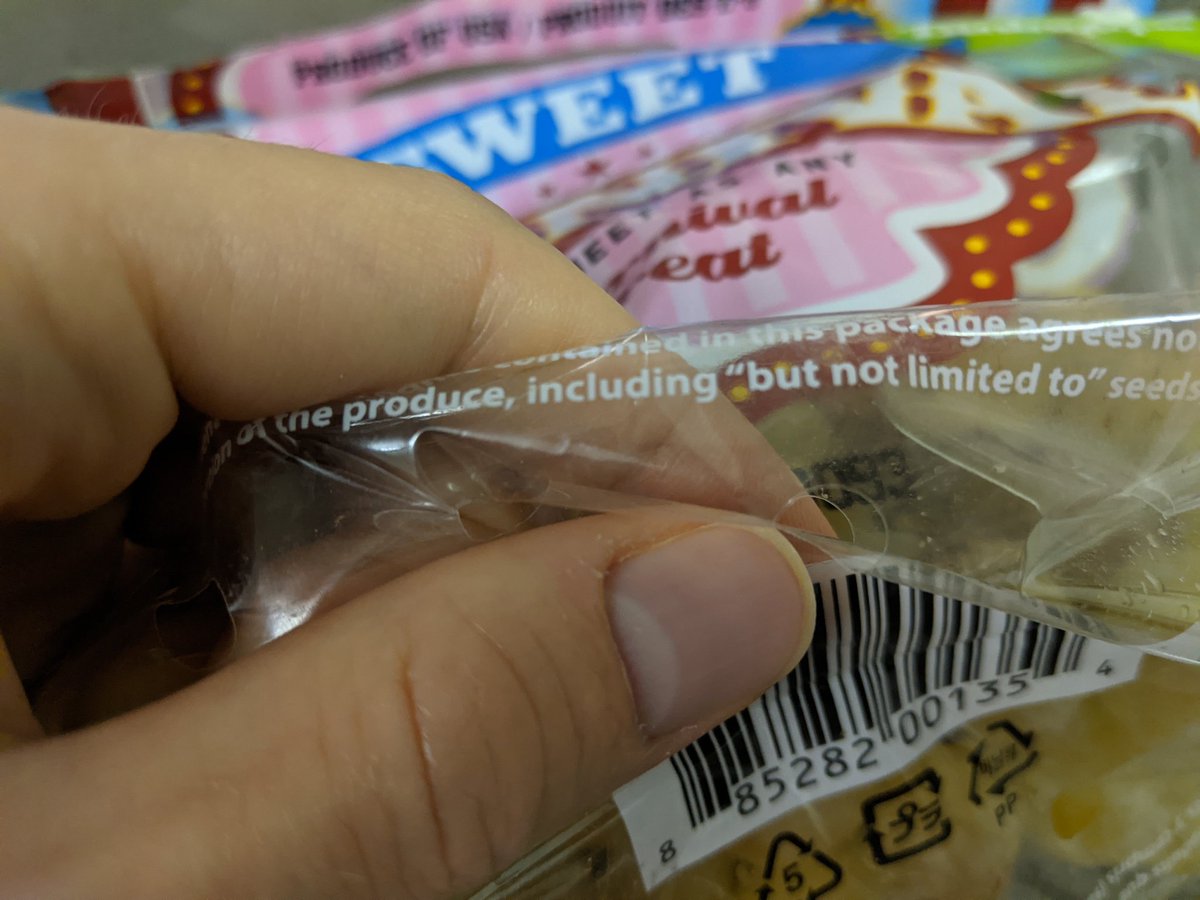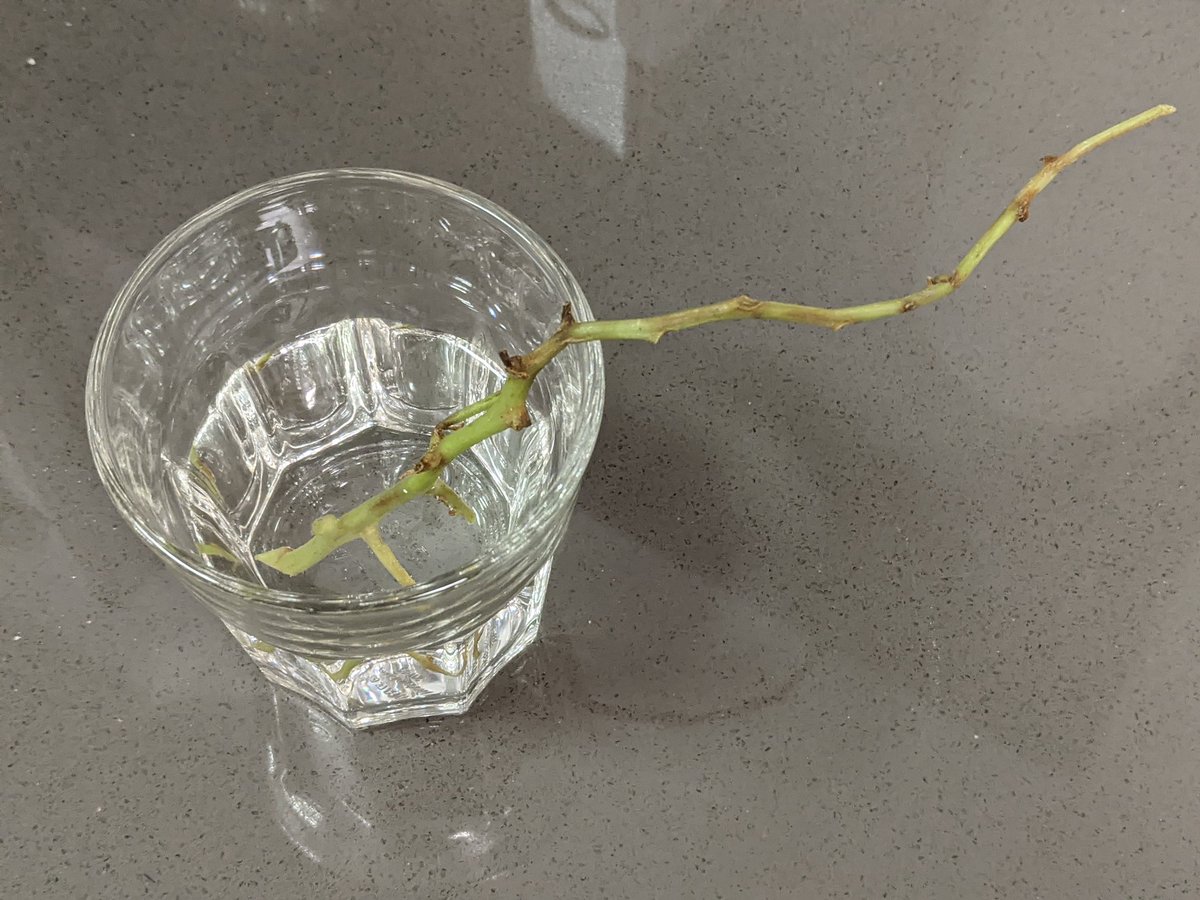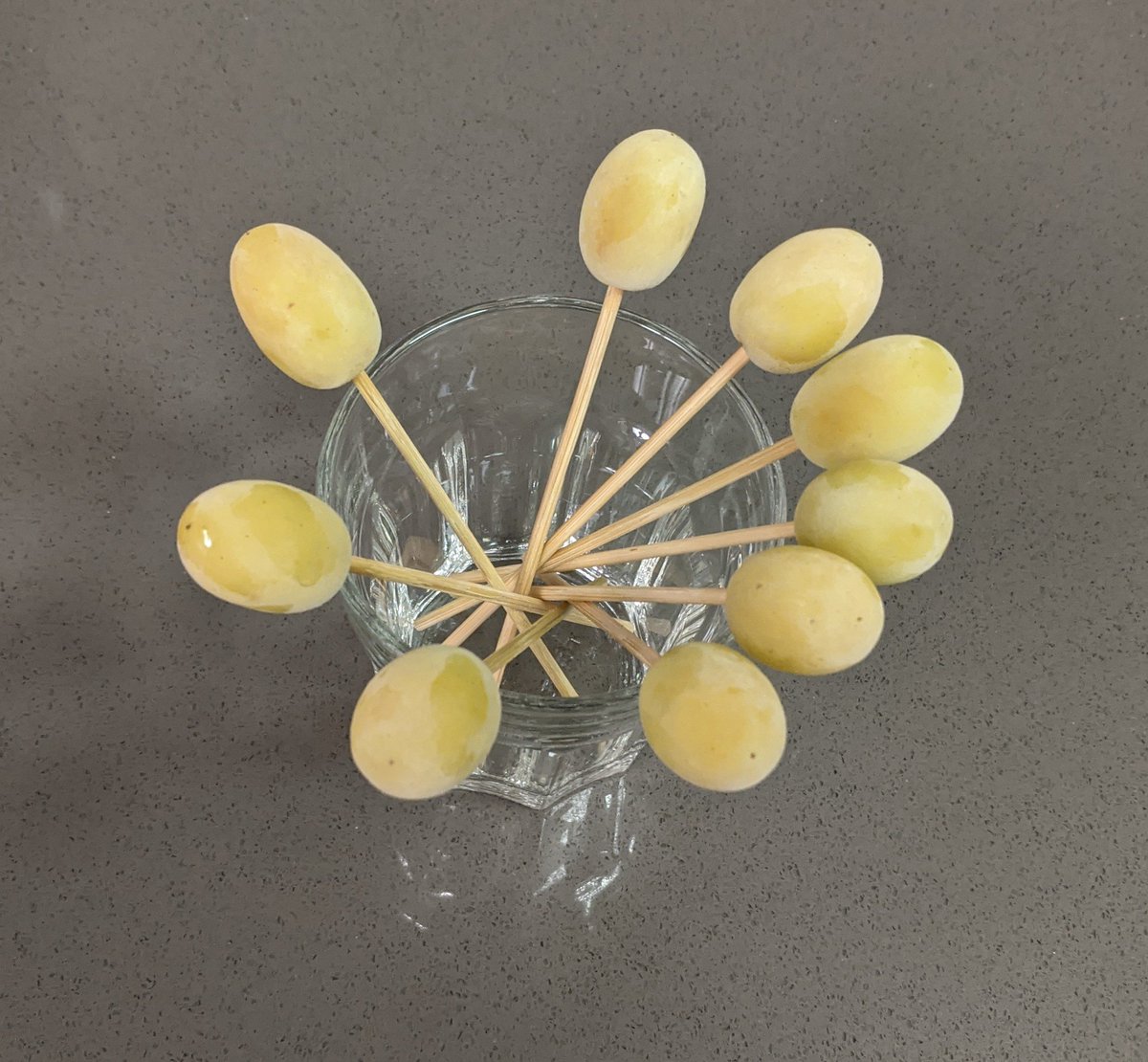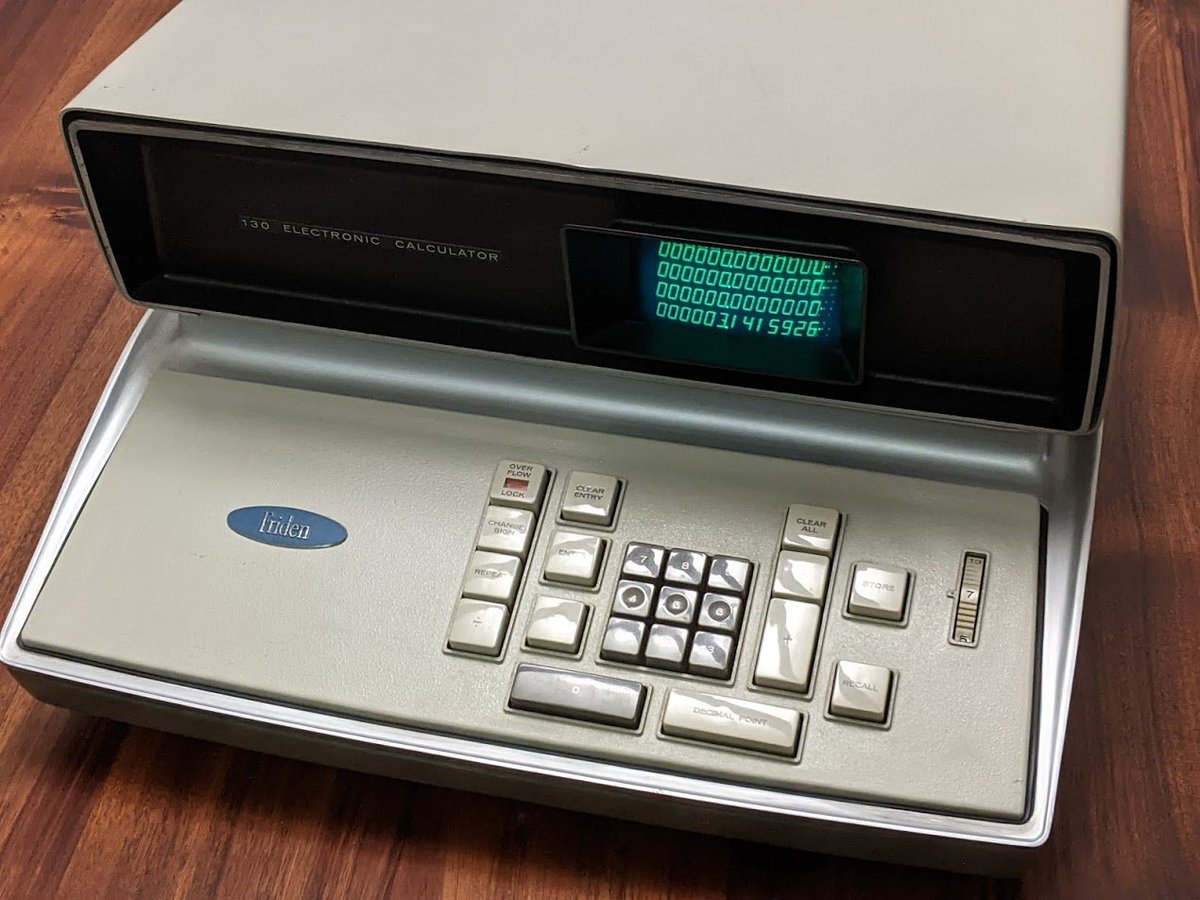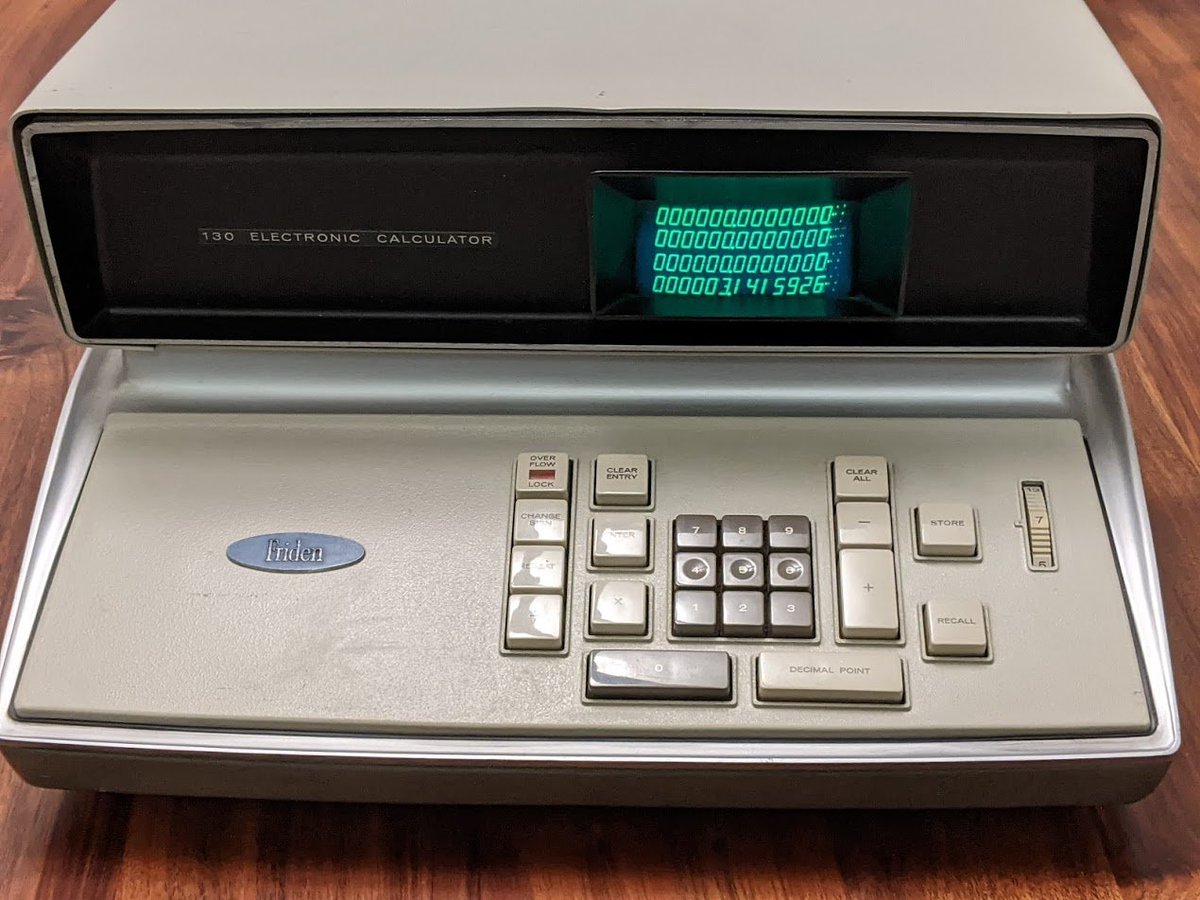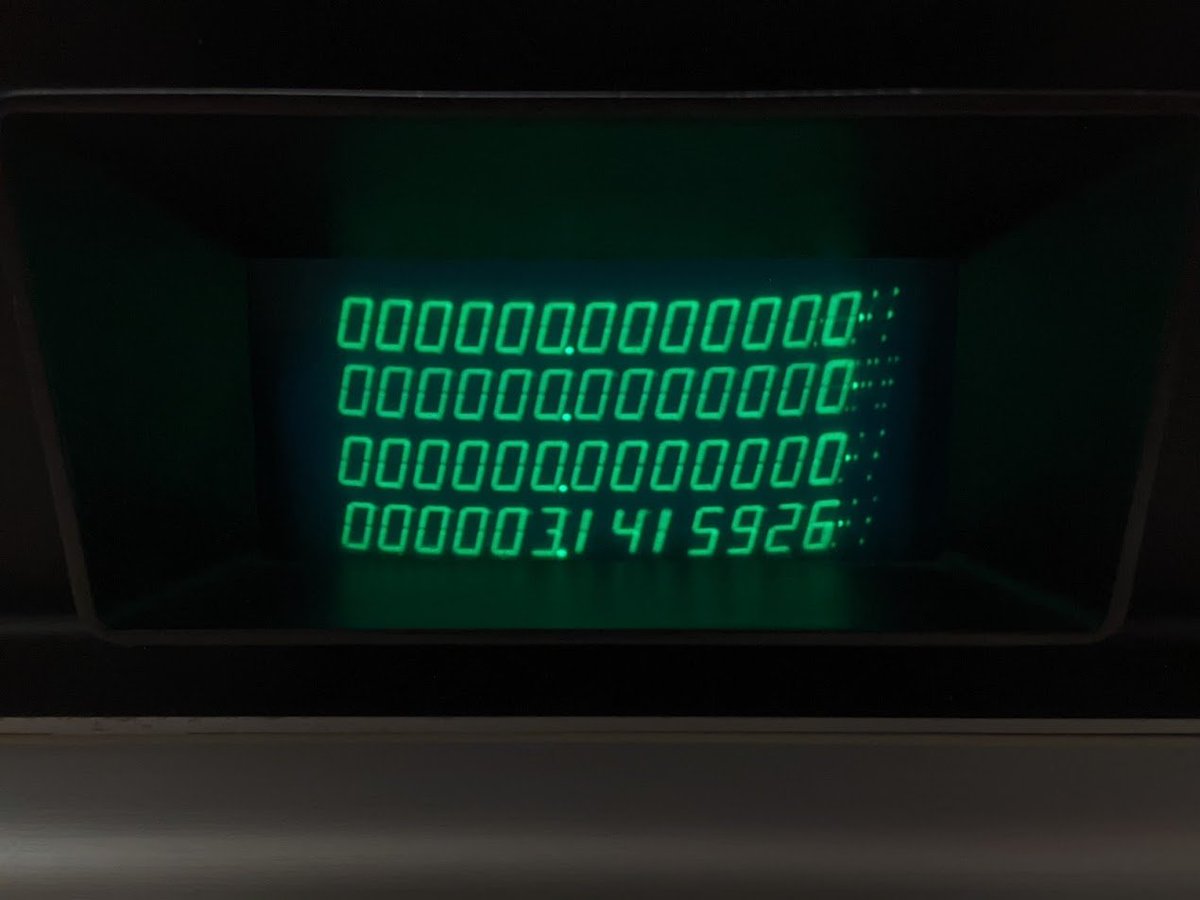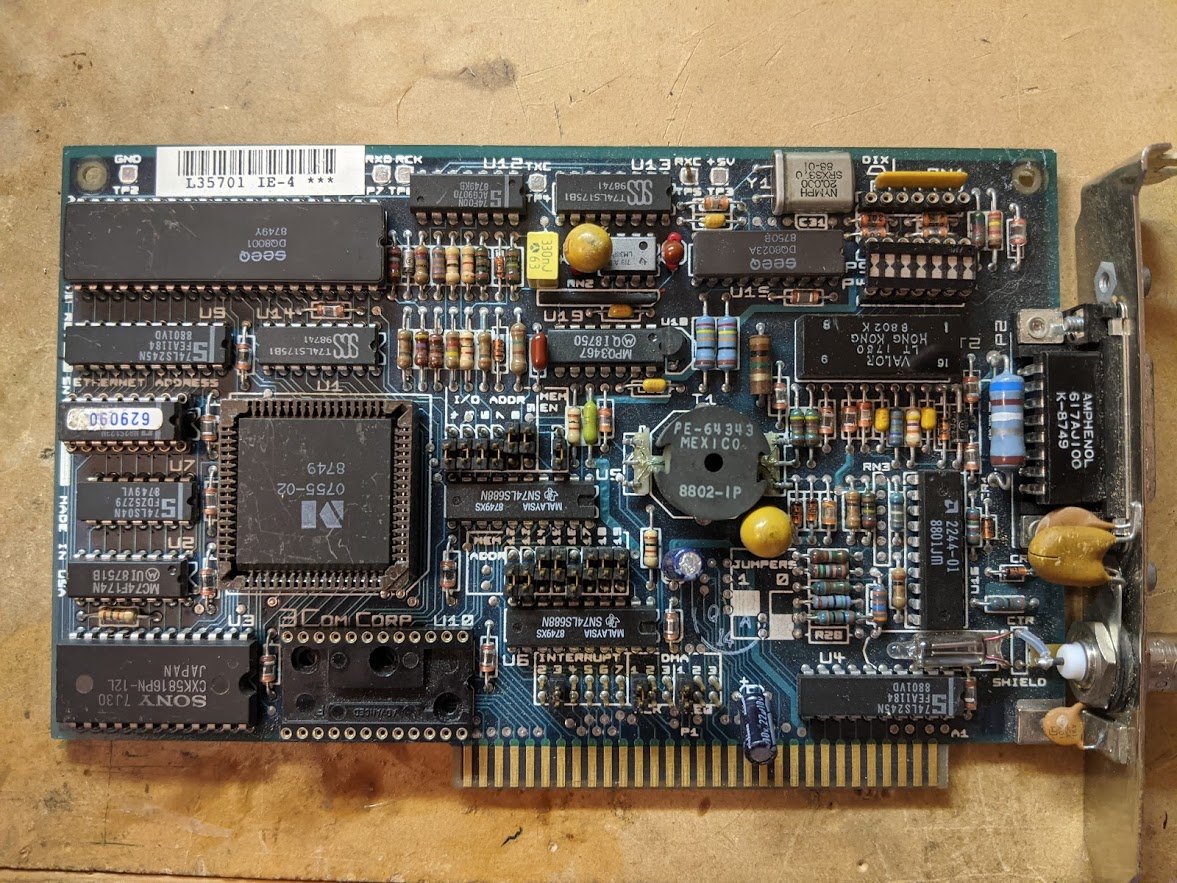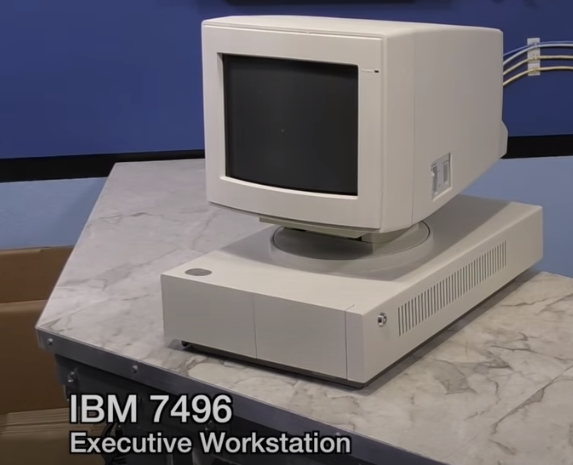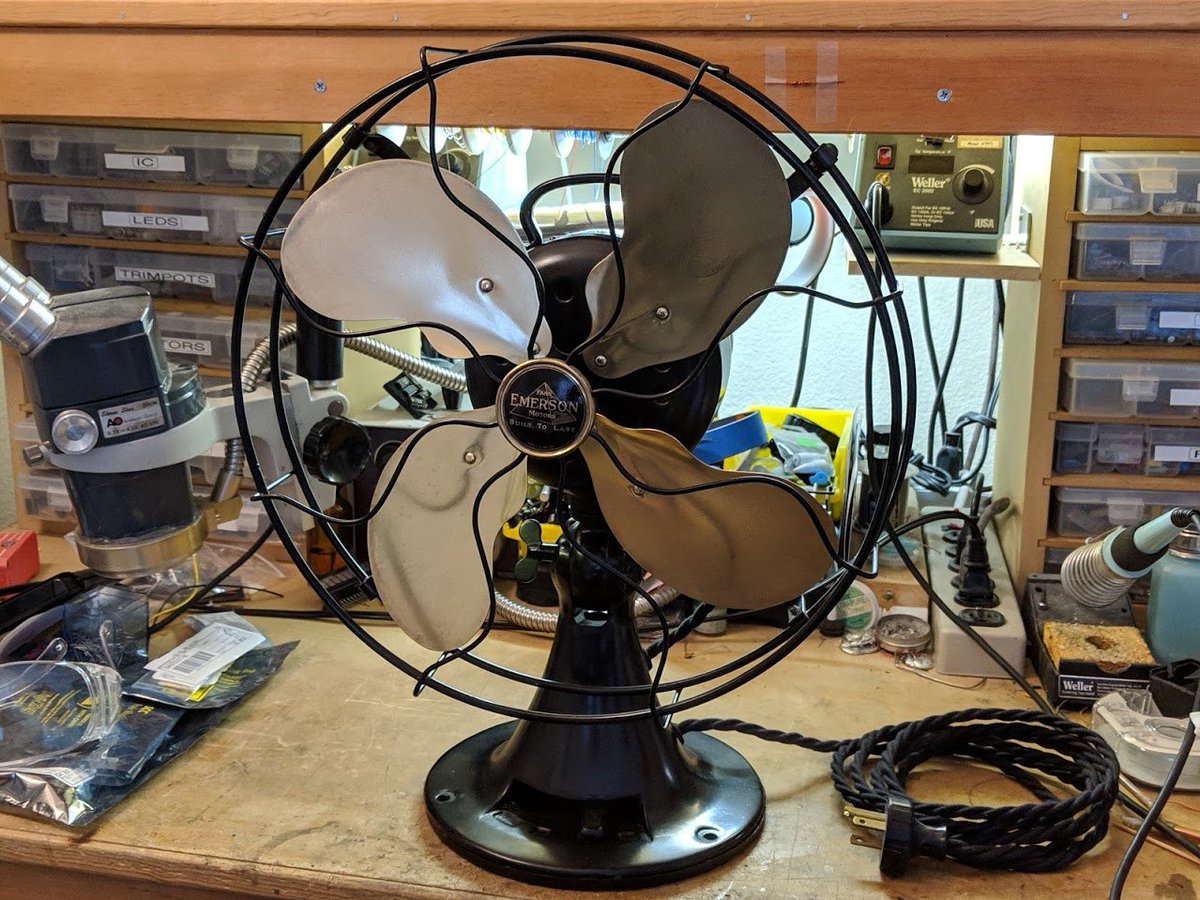
all right, this is a new one. a EULA on...fruit?!
'the recipient of the produce contained in this package agrees not to propagate or reproduce any portion of this produce, including "but not limited to" seeds, stems, tissue, and fruit.'
'the recipient of the produce contained in this package agrees not to propagate or reproduce any portion of this produce, including "but not limited to" seeds, stems, tissue, and fruit.'

as for the fruit itself? not that great, they're just too sugary for my tastes. but hey, i'd never had them before.
wiki has some more details on it. apparently it is patented. en.wikipedia.org/wiki/Cotton_Ca…
these grapes are 18% sugar. no wonder i don't like the taste. that much sugar just can't be healthy.
these grapes are 18% sugar. no wonder i don't like the taste. that much sugar just can't be healthy.
here is the patent. patents.google.com/patent/US20130…
it's not what we think of as GMO, this is done by selective breeding.
it's not what we think of as GMO, this is done by selective breeding.

• • •
Missing some Tweet in this thread? You can try to
force a refresh

